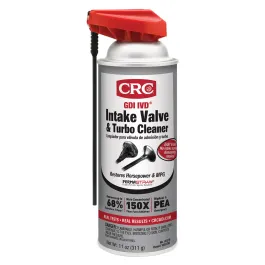In episode 30 Frank touched on suppressor cleaning a little. If you have a TBAC can we suggest you do like Frank said and weigh the can when it's new and clean it once you reach 1 oz over the original weight. If you allow to much carbon to build up in the suppressor those first layers become harder over time as they see more heat and pressure cycles. Once you reach 1 oz over fill the internals with CLR from your favorite hardware store and let it soak for a few hours or overnight. I highly suggest having the CLR filled can in something. I use a Lays potato chip can; pvc also works well as the clr can bubble over. CLR can also discolor the Cerakote after a few cleanings so try not to get it on the exterior of the can if possible. CLR is only safe for our titanium suppressors, any 223P, 223P-1, 223P-2, 223A and 22 Take Down have stainless and/or inconel components and cannot be cleaned with CLR.
For reference it takes about 1000 rounds of factory Hornady 6.5 creedmoor ammo to reach 1 oz of carbon in an Ultra 7. How fast the carbon builds up will depend greatly on caliber and powder being used. If anyone has questions on how to clean their suppressor don't hesitate to give us a call.
PS. Loving the podcast Frank and Mike; it's become my go to on my drive to and from the shop.
For reference it takes about 1000 rounds of factory Hornady 6.5 creedmoor ammo to reach 1 oz of carbon in an Ultra 7. How fast the carbon builds up will depend greatly on caliber and powder being used. If anyone has questions on how to clean their suppressor don't hesitate to give us a call.
PS. Loving the podcast Frank and Mike; it's become my go to on my drive to and from the shop.







